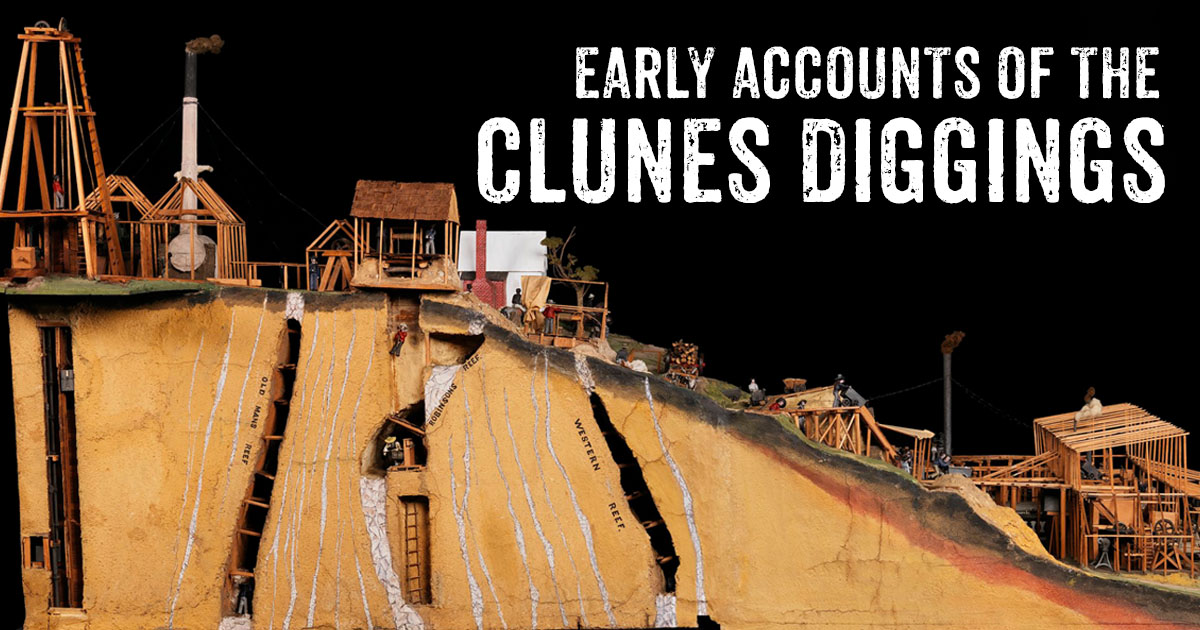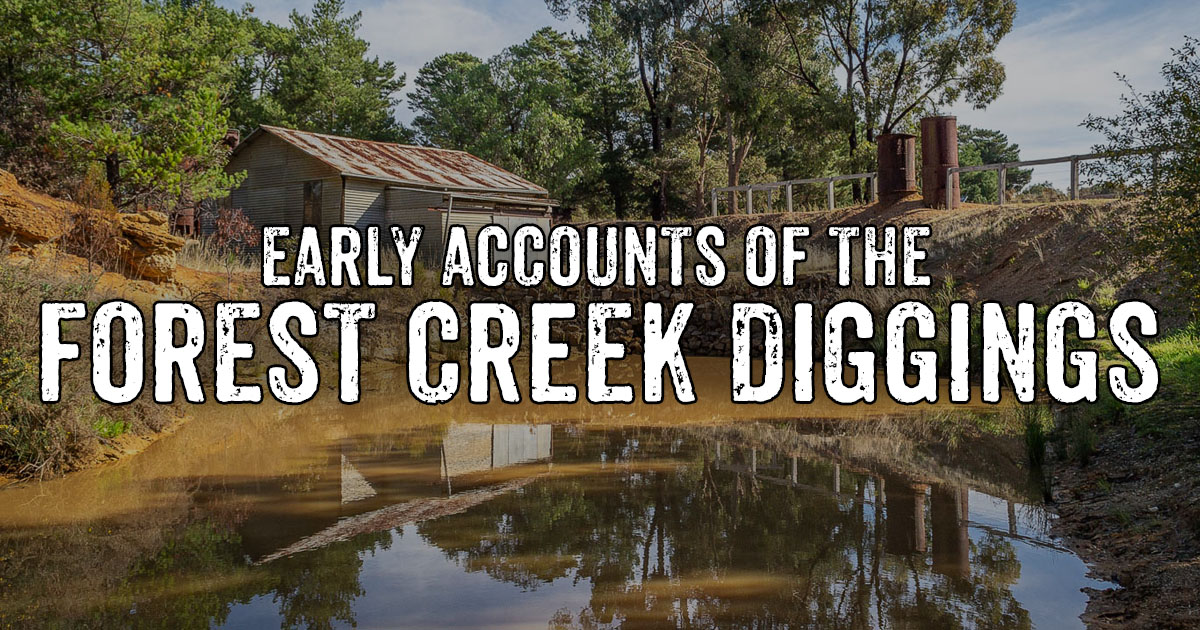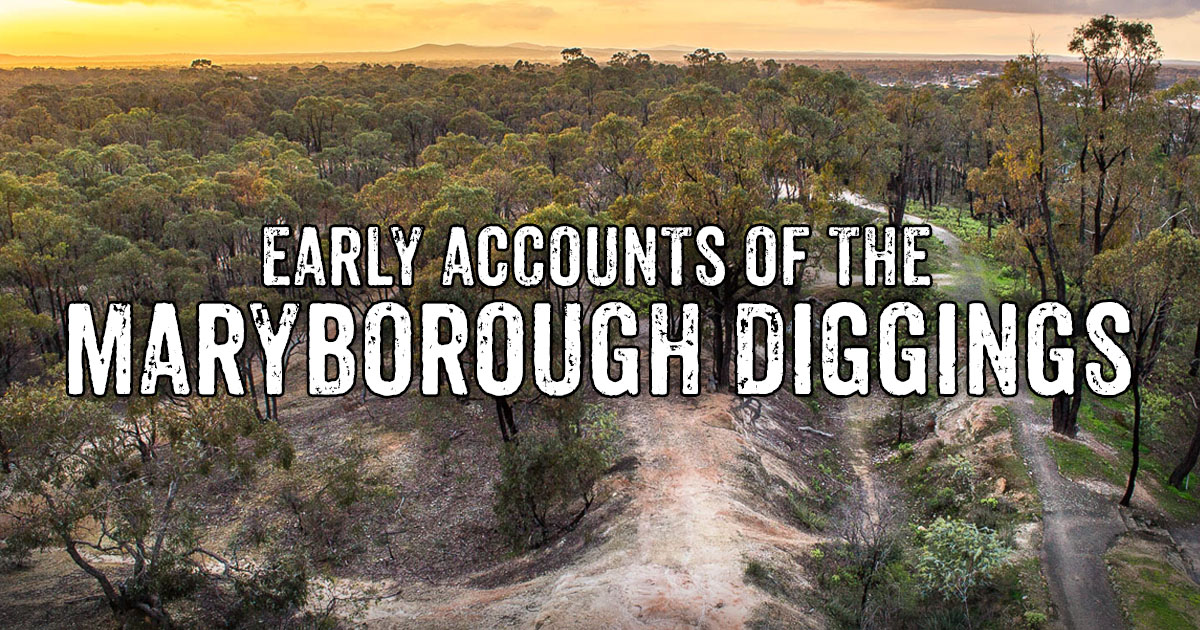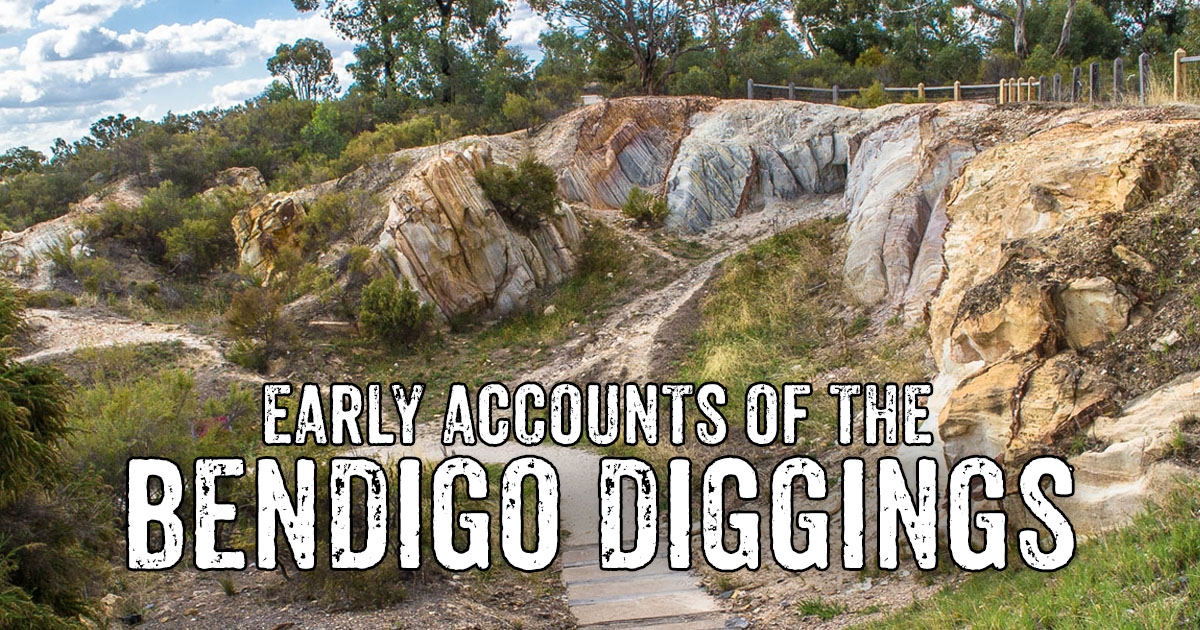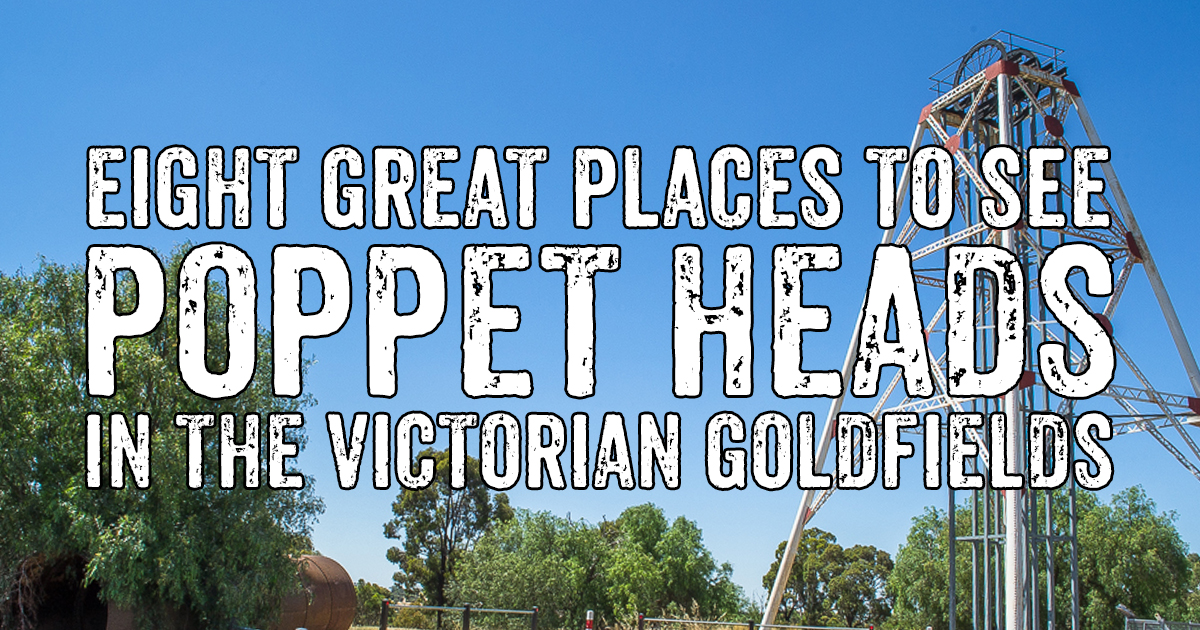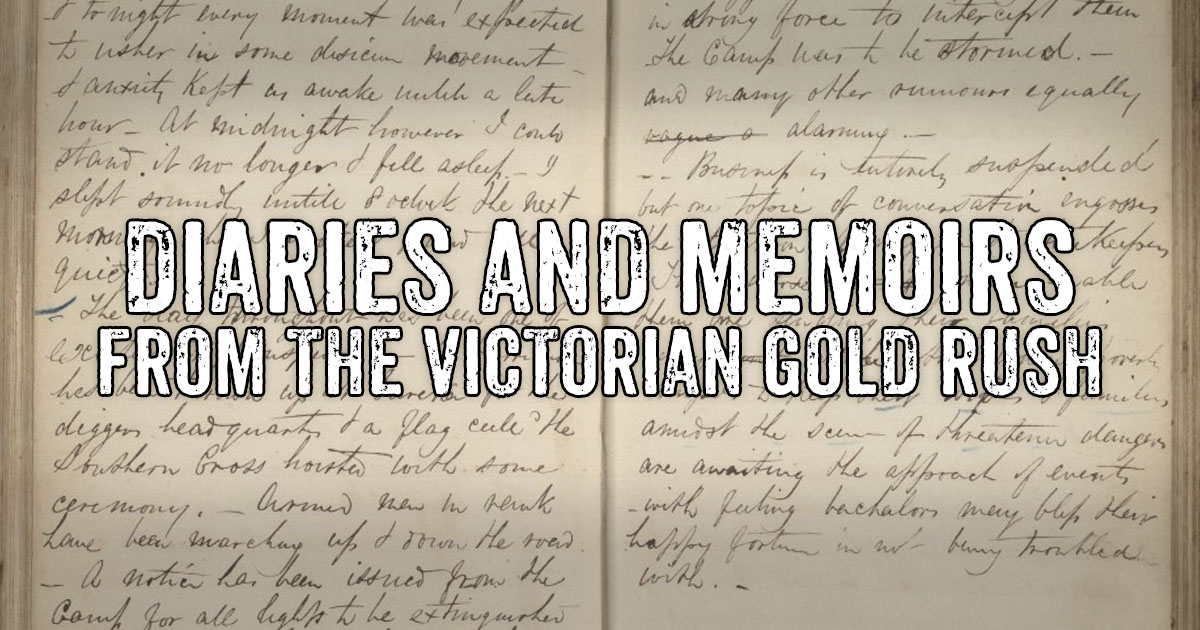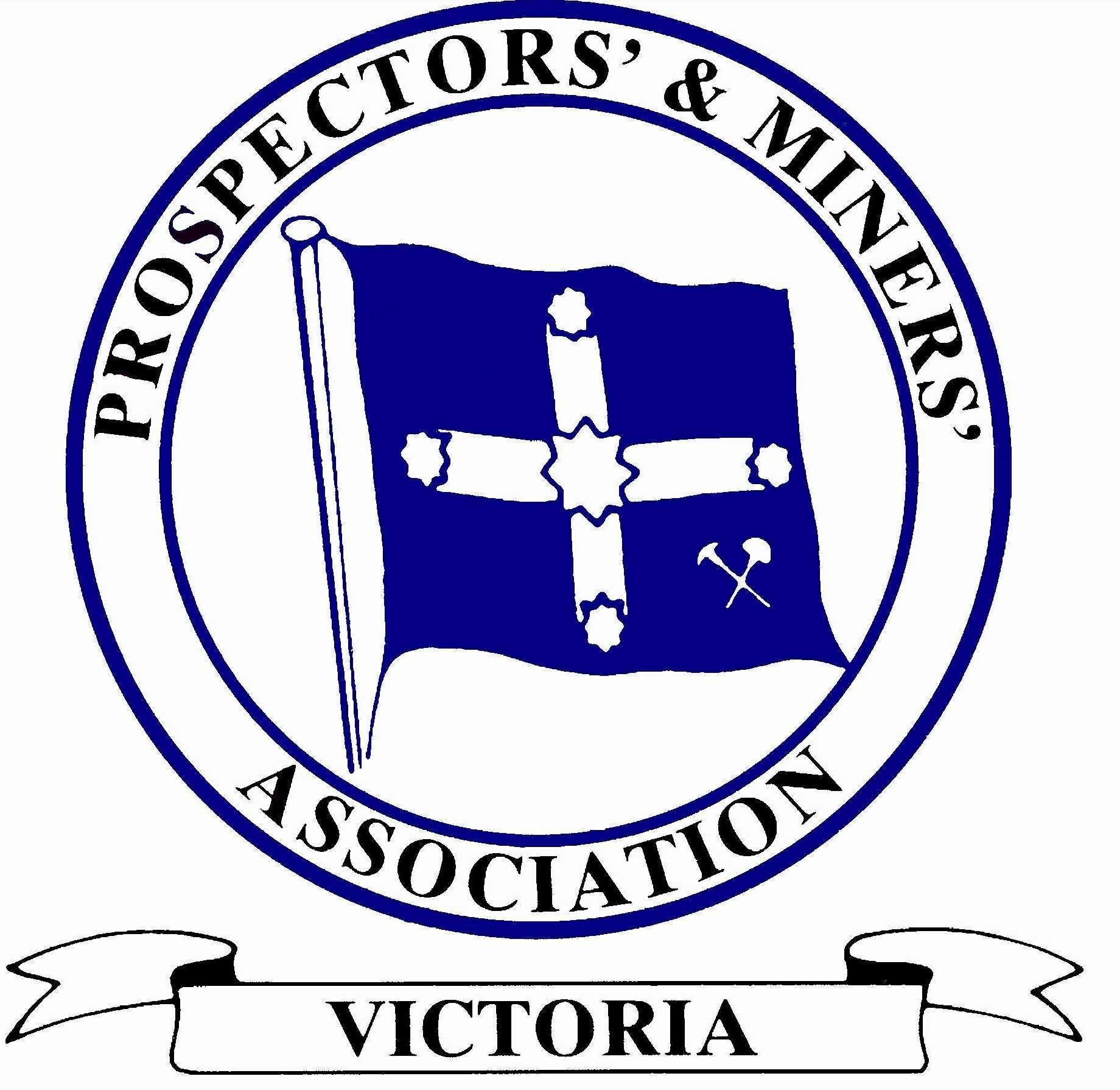
This collection presents the places where some of the world's largest gold nuggets were unearthed, as well as a few of Victoria's most significant early gold discovery sites. These early gold finds collectively sparked the greatest gold rush the world has ever seen!
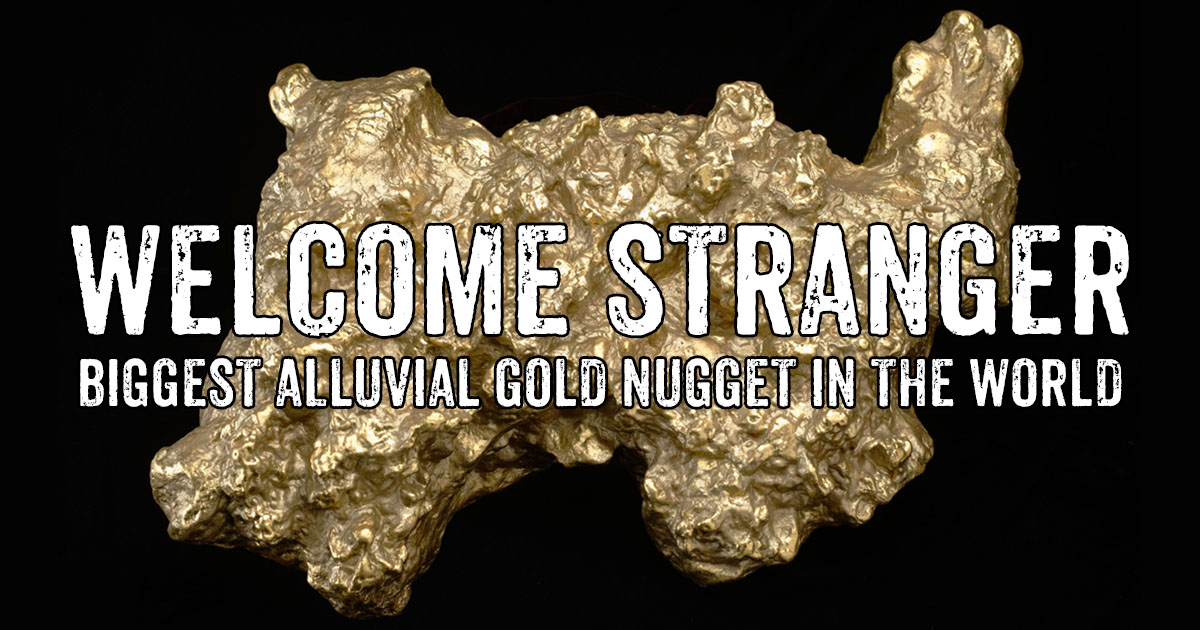
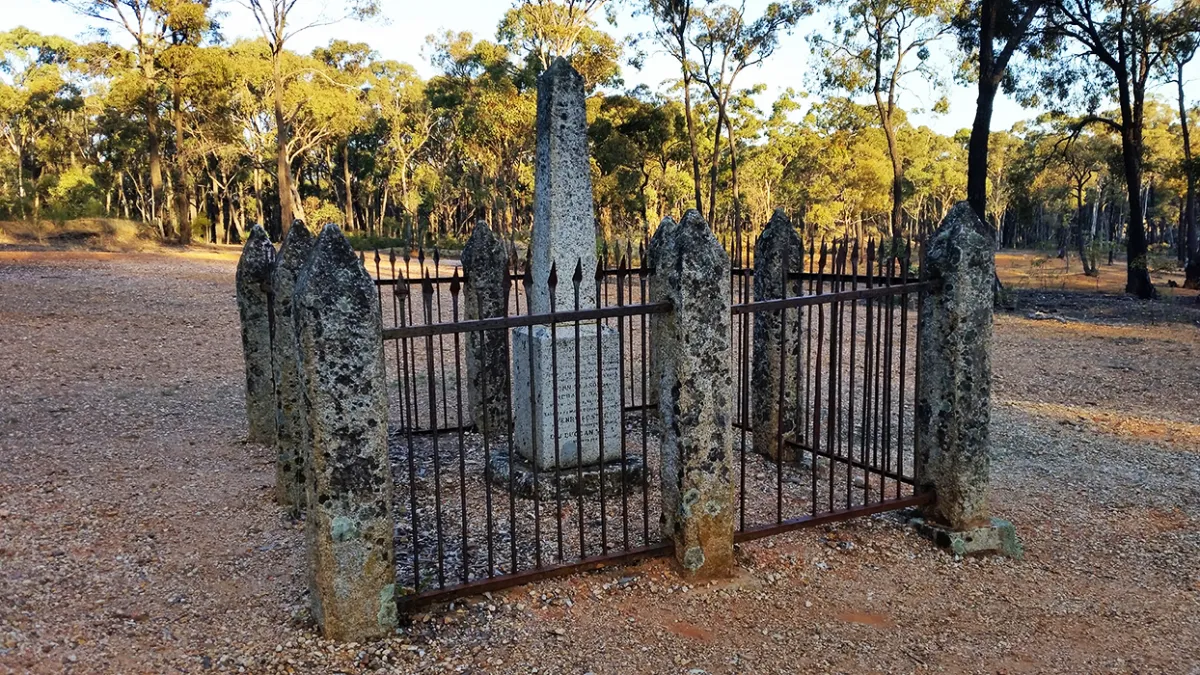
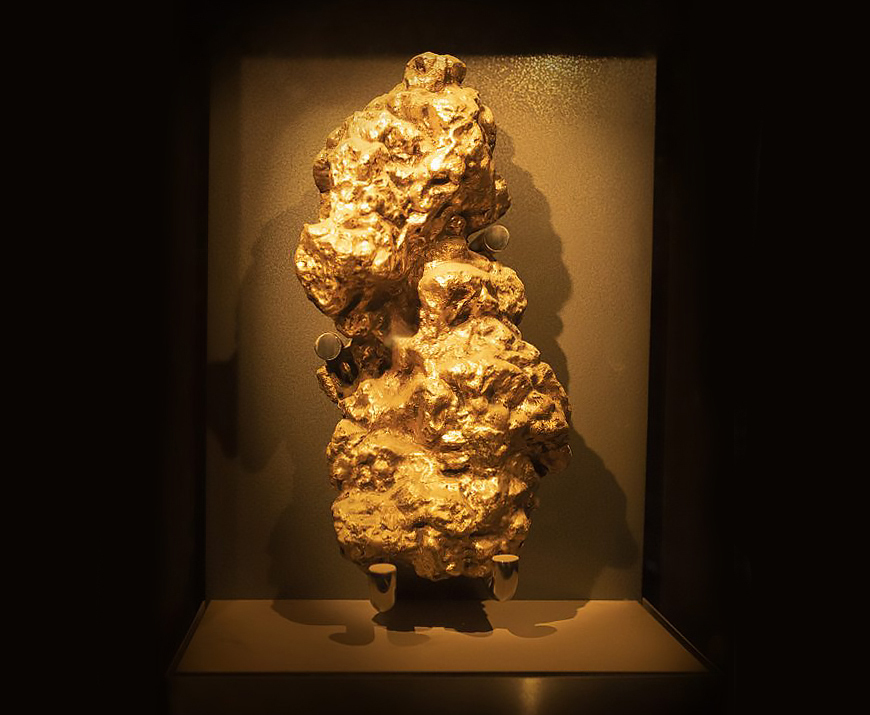

.jpg)


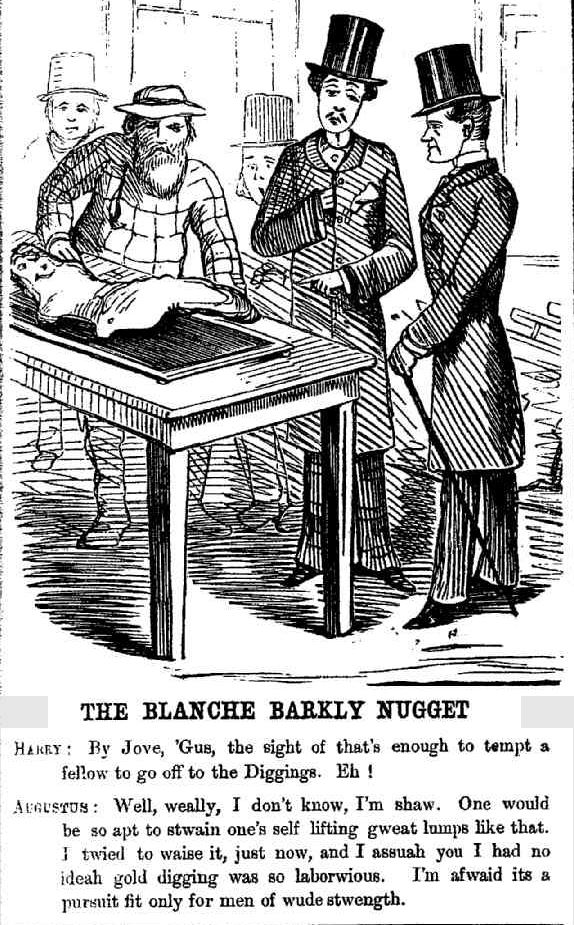

Welcome Stranger gold nugget

Cornish miners John Deason and Richard Oates unearthed the largest alluvial gold nugget in the world in Moliagul, Victoria, 1869.
The 'Welcome Stranger' was so big that it had to be broken up on an anvil before it could be weighed at the bank in nearby Dunolly. This unbelievable gold nugget was found mere inches beneath the surface!

The spot where the Welcome Stranger was discovered is now a quiet bushland area with a monument commemorating the nugget's discovery, a picnic area, and a fascinating 'Discovery Walk'.
Welcome gold nugget

Replica of the Welcome Nugget held in the Sovereign Hill Museums Association collection
This enormous gold nugget was discovered in the Red Hill Mine at Bakery Hill, Ballaarat in 1858. At the time it was the largest gold nugget ever discovered in the world, weighing in at a whopping 2,217 ounces!
The Welcome Nugget remains the second largest alluvial gold nugget found in Australia, second to the famous Welcome Stranger of Moliagul.
It was described as being found "at a depth of 180 feet; apparently water-worn, and of no regular shape, its length being twenty inches, breadth twelve, depth seven; containing about 10 lbs. of quartz, clay, and oxyd of iron." (tabular record of gold nuggets by William Birkmyre, Esq.)

Today a commemorative monument sits above the spot where the Welcome Nugget was discovered! This is situated on the corner of Mair and Humffray Streets in Bakery Hill.
Hand of Faith
.jpg)
The Hand of Faith Nugget, image source: Wikimedia
Unearthed in 1980 by Kevin Hillier, the Hand of Faith is the largest gold nugget ever found with a detector, weighing in at a whopping 27.2 kg!
Today the gold nugget sits on display at the Golden Nugget Casino in Las Vegas.

The Hand of Faith was found in the bush right off the main road through Kingower, a small town not far from Inglewood. A commemorative monument stands in the area where it was discovered.
The spot is right on the edge of the Kingower State Forest, which remains a popular destination for gold prospecting to this day!
Blanche Barkly gold nugget

The incredible Blanche Barkly nugget was discovered in Kingower in 1857, and at that time was the largest gold nugget ever discovered!
Named after the Governor's daughter, the Blanche Barkly was described as being "about as large as an average sized fore-quarter of mutton, and bears some resemblance to that joint".
Melbourne Punch, 3rd December 1857. Source: Trove
This monster gold nugget was found thirteen feet from the surface by two sets of brothers, Samuel Napier, Charles Napier, Robert Ambrose, and James Ambrose.
A stone monument commemorating the discovery stands alongside the main road through Kingower. This monument is not located on the exact discovery site, which is close by on private land.
Gold nugget at Blackmans Lead

Take a walk through the Craigie State Forest and explore the historically significant landscape of Blackmans Lead, along with this stone monument commemorating the 1858 discovery of a 537 ounce gold nugget!
This nugget was unearthed by Thomas Rice, who lived in a hut near where the Battery Dam and Distillery historic site lies today - not too far from the discovery site.
The following was printed in The Argus in 1934:
Two diggers on Blackman's Lead quickly took 690oz from their claim. Taking another claim, they found a great pear shaped nugget more than 11lb in weight, valued at £400. The length of the leads was eight miles. Where Blackman's Lead and Main Lead joined the yield was poorer than where they were separate. In June, 1855, at a depth of 5ft in Blackman's Lead, a nugget of 1,034oz was found and sold for £3,250. Another found in January, 1858, in Blackman's at 6ft, weighed 537oz. Source.
Clunes gold discovery monument

Clunes is the important scene of Victoria's first "payable goldfield", made famous by James Esmond when he worked an auriferous quartz vein here using a cradle in July 1851.
Esmond was not the first discoverer of gold at Clunes, but he was the first to profitably work it! The gold-bearing quartz was found much earlier by William Campbell here on his brother-in-law Donald Cameron's sheep run, which was named Clunes.
The gold discovery monument at Clunes sits atop a hill alongside the Port Phillip mine site. This is not the spot where gold was discovered, but it isn't far away. The gold was first found in quartz reefs on the hillside nearby.
Hiscocks gold discovery site

These monuments along Hiscock Gully Road commemorate the gold discovery at Hiscocks, near Buninyong, which soon sparked the beginnings of the Ballarat goldfield! Thomas Hiscock and his companions discovered gold in this area in August, 1851.
Thomas Hiscock had spent some time searching for gold before finally making his discovery, and his companion, John Stoker Thomas, later pinpointed the exact discovery site as the spot where the Imperial stamp battery stood.
Hiscock's discovery played an important part in the beginnings of the Ballarat goldfield, over at Poverty Point.
Poverty Point gold discovery site

Not long after the exciting discoveries at Clunes and Buninyong, gold was discovered on Yuille's Ballarat Station in August of 1851.
John Dunlop and James Regan discovered gold at Poverty Point between the 20th and 24th of August, followed closely by Tom Brown's discovery less than a mile away at Golden Point.
Dunlop and Regan had been in a party of five who were digging at nearby Hiscocks (the diggings at Buninyong) for a few weeks - with little luck. Regan headed to Clunes for a few days where James Esmond was working, before heading back towards Hiscocks where Dunlop had stayed with their equipment.
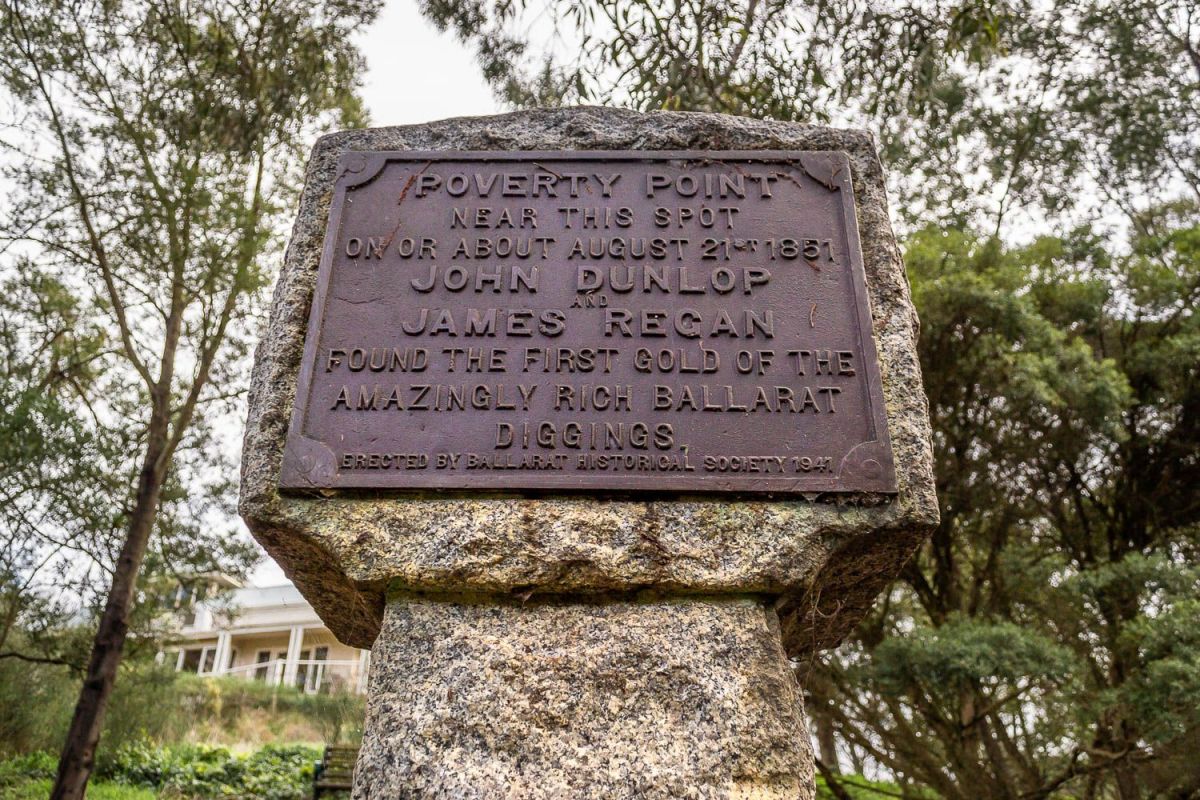
With the small amount of experience he had gained over these few weeks, Regan found a likely spot to try for gold on his way back, finding gold at Ballarat!
Hurrying to fetch Dunlop, the pair returned with their equipment and got to work.
Dunlop and Regan were discovered at work by none other than Alfred Clarke of the Geelong Advertiser. Regan said he would rather have seen the devil himself! Clarke published the news of this latest goldfield on the 5th of September, and a great rush began!

